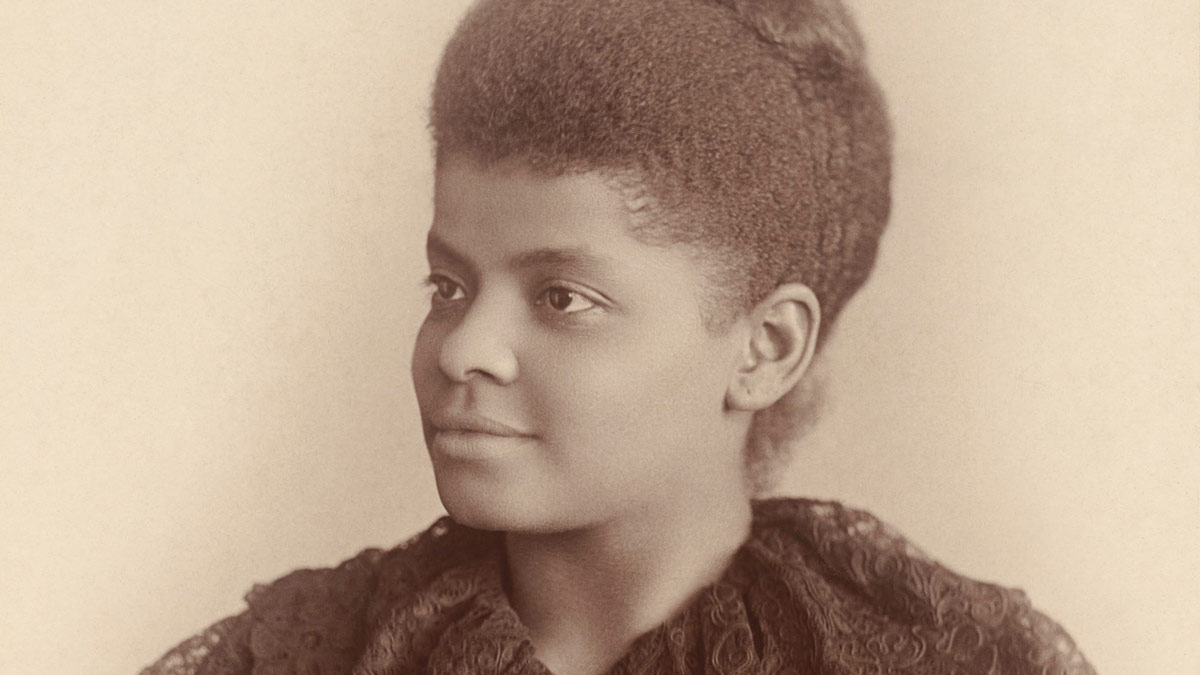
Black History Month: Pioneering journalists, media
This February, during Black History Month, we’re shining a light on pioneering Black journalists and news media from the past two centuries. Many of these reporters and outlets overcame incredible obstacles and discriminatory systemic structures to report the facts in their communities. Many are also relatively unknown to the news-consuming public. We hope to help change that. Follow our Twitter thread throughout February as we highlight a journalist and/or news outlet each weekday.
We began by highlighting the Freedom’s Journal, the first Black-owned and -operated newspaper in the United States. The four-page, four-column paper debuted in 1827, the same year that slavery was abolished in New York State. Like many of the publications operated by or created for Black Americans that would follow, Freedom’s Journal served to counter racist commentary published in the mainstream press.
Twenty years later, Frederick Douglass and Martin Delaney launched The North Star. The abolitionist newspaper would become the most influential anti-slavery publication of the 19th century, focusing on anti-slavery progress, women’s rights and Black empowerment. The North Star published 565 issues between 1847 and 1851, according to the Library of Congress. In the late 1800s, Black investigative journalism rose to the forefront as Ida B. Wells exposed the widespread practice of lynching, particularly of Black men. Wells’ work is featured in our Checkology® lesson “Democracy’s Watchdog.”
Still publishing today
The 1900s saw the creation of more Black-owned newspapers, including two of the most respected publications that still publish today. Robert Sengstacke Abbott founded The Chicago Defender in 1905, and shepherded its growth into a local paper with a weekly circulation of 16,000 in its first decade. James H. Anderson put out the first edition of the Amsterdam News, a New York paper, on Dec. 4, 1909, with six sheets of paper and a $10 investment. The publication grew quickly to cover not just local stories but national news as well. A year later, in 1910, W.E.B. Du Bois served as the editor of the NAACP’s first issue of The Crisis, its official magazine. It took off from there.
Continuing chronologically through the 1900s, we’re highlighting just some of the many Black journalists that made indelible impacts with their reporting. From Charlotta A. Bass to Ted Poston and on and on, follow our Twitter thread for more throughout February.
